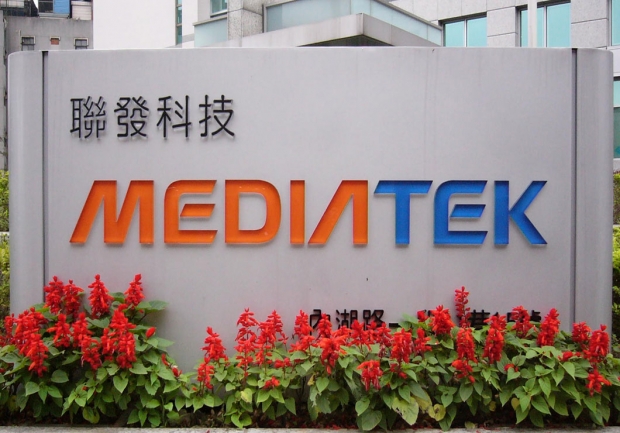If all goes well Helio P20 should reach its customers by the Q3 2016. This is the company’s first 16nm product.
MediaTek headquarters is just across the street from TSMC, so the company chose this foundry rather than the 14nm Samsung fabs. The existence of the Helio P20 chip was confirmed by Mediatek CFO David Ku at during the company’s fourth financial quarter 2015 conference call,
The first P20 leaks indicated that this might be a 10 core design, but apparently this won’t be the case – the P20 is still an eight core A53 SoC.
The frequency will jump from 2.0 GHz with the P10 to 2.3GHz with the 16nm Helio P20.
The Helio P20 shares a lot of DNA with its P10 predecessor. It supports an up to 24 megapixel camera, full HD resolution 1920x1080 screen and a Cat 6 LTE modem.
Some of the information leaked over the web indicates that the new SoC has 15 percent more efficient cores. This is logical as the P10 used the 28nm process and the new P20 is down to 16nm.The power per transistor goes down and means you can get a higher CPU clock for 25 per cent less power.
For the user it means higher performance and longer battery life, something that people want from late 2016 mainstream/ performance phones.
The GPU will get a big upgrade too. Details are slim, but the new GPU might be up to 50 percent better than the 700 MHz ARM Mali M2 860 which Mediatek is using for Helio P10. The company might use a four instead of two core implementation but we cannot confirm or deny it right now.
The ISP will get an upgrade for better performance and quality and the P20 will support LPDDR4 memory. The LPDDR4 memory standard offers 70 percent more bandwidth for half the power.
The Helio P10 is more attractive for sub $200 phones as a replacement for MTK6753 / MTK 6752, but the P20 looks like a nice upgrade. Let us only hope that Mediatek partners might start shipping Helio P20 phones before the end of 2016.




